Description
This Astronomik UHC-E Filter was designed for visual observation of emission and planetary nebulae with smaller telescopes (<8″) but also works well for imaging these objects if used with an IR block filter.
The UHC-E Filter increases contrast of emission nebulae and comets and blocks the light of typical streetlights as well as airglow. It is best suited for telescopes up to 5″ / 125mm.
Main use
The Astronomik UHC-E filter provides a FWHM of 45nm and blocks the light of typical streetlights (e.g. sodium and mercury vapour) as well as airglow. Thus it increases contrast between your target and the night sky. The contrast enhancement is less than that of the Astronomik UHC filter, but at the same time the transmitted amount of starlight is greater. It’s therefore better suited to smaller telescopes. As the UHC-E filter passes a spectral line of Carbon (due to the higher FWHM) it opens up the possibility of comet observation.
Other uses
- Observation of Jupiter’s clouds.
- Easier resolution of Double Stars.
- Photography under light-polluted skies with DSLRs and other cameras.
Alternatives
If you use a telescope with an aperture larger than 5″, we suggest the use of our standard UHC-filter because of its greater contrast enhancement capabilities. If you use a telescope larger than 8″, you can try our OIII filter for even better results when observing specific nebulae.
Suitability
- Visual observation (dark skies): Reasonable, an UHC filter is more suitable
- Visual observation (urban skies): Good, for telescopes up to 125 mm aperture and medium exit pupil
- Film photography: Good, but very long exposure times
- CCD photography: Good, when used with an additional IR-block-filter
- DSLR photography (original): Good, colour balance is near perfect
- DSLR photography (astro modified): Good, colour balance is near perfect
- DSLR photography (MC modified): Good, when used with an additional IR-block-filter
- Webcam / Video (Planets): Unsuitable
- Webcam / Video (Deep Sky): Very good, if light pollution is a big problem
Technical Data
- typ. 94% transmission at 486nm (H-beta)
- typ. 95% transmission at 496nm (OIII)
- typ. 95% transmission at 501nm (OIII)
- typ. 94% transmission at 656nm (H alpha)
- transmission 465nm to 530nm and above 645nm
- Full width at half maximum 45nm
- Parfocal with other Astronomik filters
- Glass thickness: 1mm
- Completely resistant against high humidity, scratches and aging effects
- Diffraction limited, the filter will not reduce the optical performance of your telescope!
- Astronomik filters are delivered in a high-quality, long lasting, filter box
- Since 2008 filters are of a completely new design, halos and strange reflections are a thing of the past!


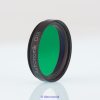





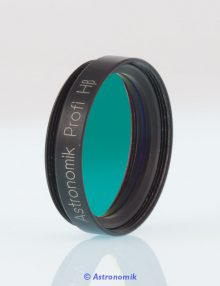


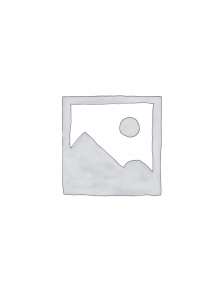

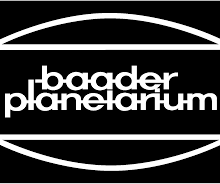


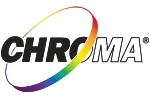

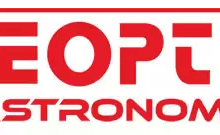















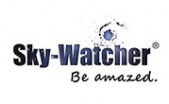




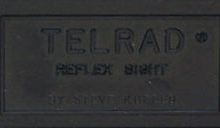






Reviews
There are no reviews yet!